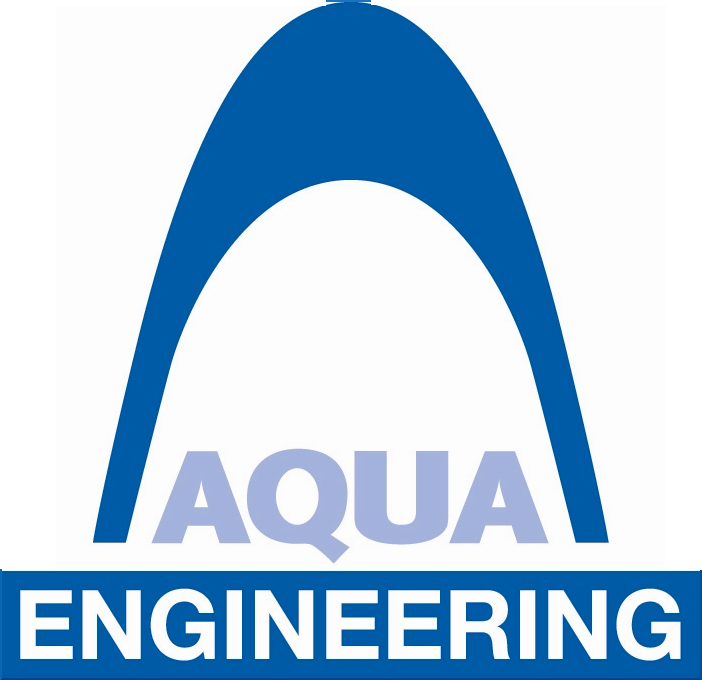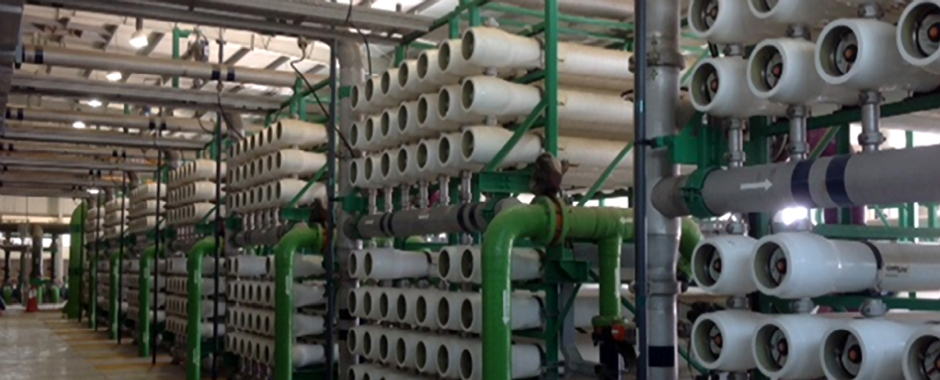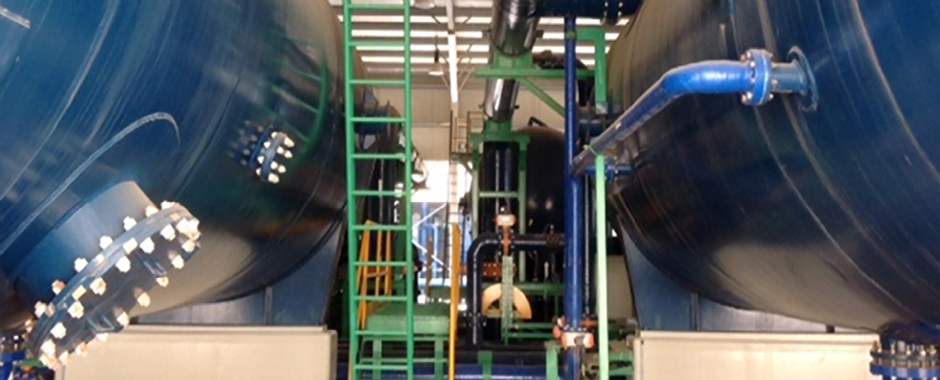At a Glance
Sewage treatment is the process of removing contaminants from wastewater, primarily from household sewage. It includes physical, chemical, and biological processes to remove these contaminants and produce environmentally safe treated wastewater (or treated effluent) that can be released safely to the environment or re-used. A by-product of sewage treatment is usually a semi-solid waste or slurry, called sewage sludge, that has to undergo further treatment before being suitable for disposal or land application. Larger sized sewage treatment plants employ usually anaerobic digestion on the produced sludge, where biogas is generated and used to generate power and heat to reduce operating cost.
Some wastewaters require different and sometimes specialized treatment methods and commonly applies primary, secondary and tertiary treatment methods with variable processes designed to meet the regulated treated effluent quality before discharge to environment. Sewage collection and treatment is typically subject to local, state and federal regulations and standards.
Given today’s restricted resources of water and growing demand in public and industrial use, the development of recycling schemes in wastewater for use in agriculture, industry and selected municipal non-drinking water will grow rapidly both in the developed and developing world. The application of more advanced technologies (such as MBR) is required to reach safe re-use water qualities; river basin water quality management programs in Eastern Europe and elsewhere also demand higher effluent qualities today.
Aqua Engineering has delivered many municipal sewage treatment plants over the last decades with the most complete plant in Ljubljana (the capital city of Slovenia) with 360.000 PE. Largest plants delivered had capacities up to 1 million population equivalents (PE).
Sewage treatment may also be referred to as wastewater treatment, although the latter is a broader term, which can also be applied to purely industrial wastewater. For most cities, the sewer system will also carry a proportional of industrial effluent to the sewage treatment plant, which has usually received pre-treatment at the factories themselves to reduce the pollutant load. If the sewer system is a combined sewer then it will also carry urban runoff (storm water) to the sewage treatment plant.
In highly regulated developed countries, industrial effluent usually receives at least pre-treatment if not full treatment at the factories themselves to reduce the pollutant load, before discharge to the sewer. This process is called industrial wastewater treatment. The same does not apply to many developing countries where industrial effluent is more likely to enter the sewer if it exists, or even the receiving water body, without pre-treatment.
Industrial wastewater may contain pollutants, which cannot be removed by conventional sewage treatment. Also, variable flow of industrial waste associated with production cycles may upset the population dynamics of biological treatment units, such as the activated sludge process.
Sewage treatment generally involves three stages, called primary, secondary and tertiary treatment.
- Primary treatment consists of temporarily holding the sewage in a quiescent basin where heavy solids can settle to the bottom while oil, grease and lighter solids float to the surface. The settled and floating materials are removed and the remaining liquid may be discharged or subjected to secondary treatment. Some sewage treatment plants that are connected to a combined sewer system have a bypass arrangement after the primary treatment unit. This means that during very heavy rainfall events, the secondary and tertiary treatment systems can be bypassed to protect them from hydraulic overloading, and the mixture of sewage and storm water only receives primary treatment.
- Secondary treatment removes dissolved and suspended biological matter. Secondary treatment is typically performed by indigenous, water-borne microorganisms in a managed habitat. Secondary treatment may require a separation process to remove the microorganisms from the treated water prior to discharge or tertiary treatment.
- Tertiary treatment is sometimes defined as anything more than primary and secondary treatment in order to allow rejection into a highly sensitive or fragile ecosystem (estuaries, low-flow rivers, coral reefs,...). Treated water is sometimes disinfected chemically or physically (for example, by lagoons and microfiltration) prior to discharge into a stream, river, bay, lagoon or wetland, or it can be used for the irrigation of a golf course, green way or park. If it is sufficiently clean, it can also be used for groundwater recharge or agricultural purposes.
Sludge treatment depends on the amount of solids generated and other site-specific conditions. Composting is most often applied to small-scale plants with aerobic digestion for mid-sized operations, and anaerobic digestion for the larger-scale operations.
The sludges accumulated in a wastewater treatment process must be treated and disposed of in a safe and effective manner. The purpose of digestion is to reduce the amount of organic matter and the number of disease-causing microorganisms present in the solids. The most common treatment options include anaerobic digestion, aerobic digestion, and composting. Incineration may be also considered, practically in combination with municipal solid waste (MSW) incineration.
The sludge is sometimes passed through a so-called pre-thickener, which de-waters the sludge. Types of pre-thickeners include centrifugal sludge thickeners rotary drum sludge thickeners and belt filter presses. Dewatered sludge may be incinerated or transported offsite for disposal in a landfill or use as an agricultural soil amendment.
Disinfection in the treatment of wastewater has the purpose to substantially reduce the number of microorganisms in the water to be discharged back into the environment for the later use of drinking, bathing, irrigation, etc. The effectiveness of disinfection depends on the quality of the water being treated (e.g., turbidity, pH, etc.), the type of disinfection being used, the disinfectant dosage (concentration and time), and other environmental variables. Higher turbidity water will be treated less successfully, since solid matter can shield organisms, especially from ultraviolet light or if contact times are low. Generally, short contact times, low doses and high flows all militate against effective disinfection. Common methods of disinfection include ozone, chlorine, ultraviolet light, or sodium hypochlorite.
Anaerobic digestion is widely used as a source of renewable energy. The process produces a biogas, consisting of methane, carbon dioxide and traces of other ‘contaminant’ gases. This biogas can be used directly as fuel, in combined heat and power gas engines or upgraded to natural gas-quality bio methane. The nutrient-rich digestate also produced can be used as fertilizer.
The overall process can be described by the chemical reaction, where organic material such as glucose is biochemically digested into carbon dioxide (CO2) and methane (CH4) by the anaerobic microorganisms.
Biogas in the sewage treatment plant is commonly used for combustion in a gas motor to generate power and heat to maintain optimum process temperatures in the digester for biogas production. This considerably reduces the operating cost of a sewage treatment plant.



























